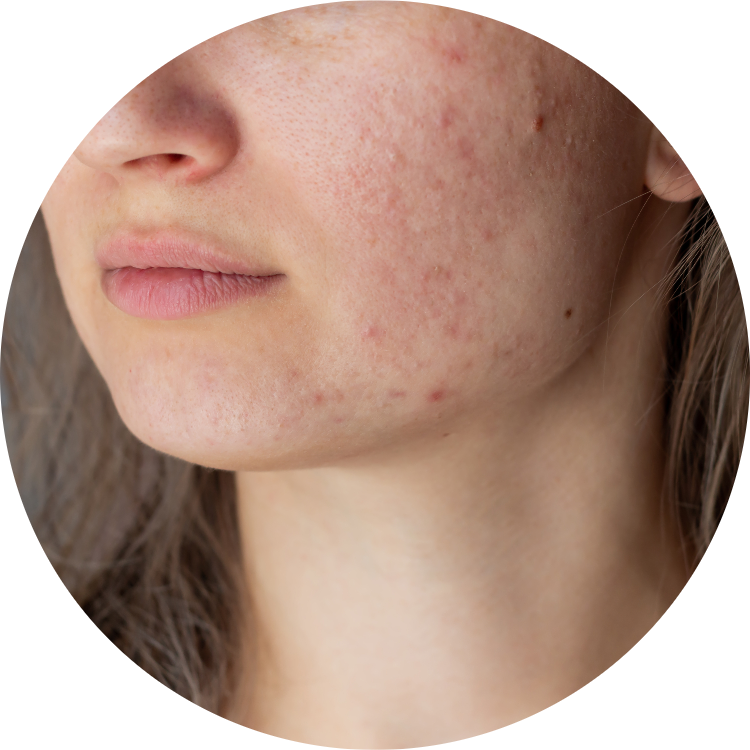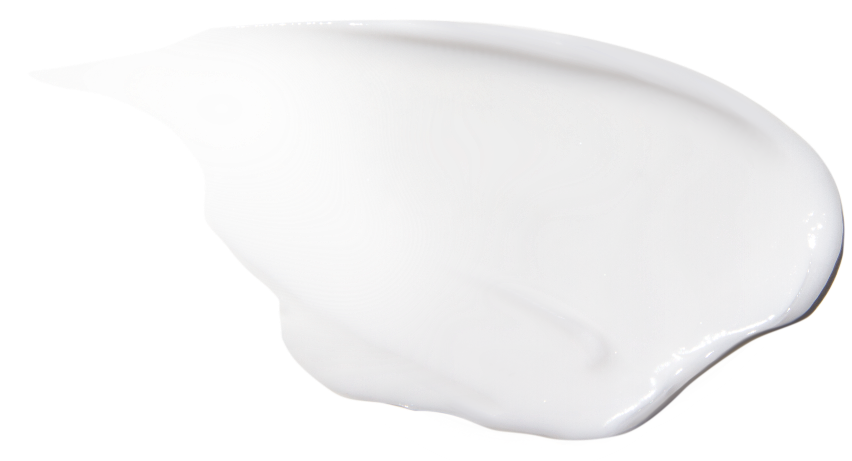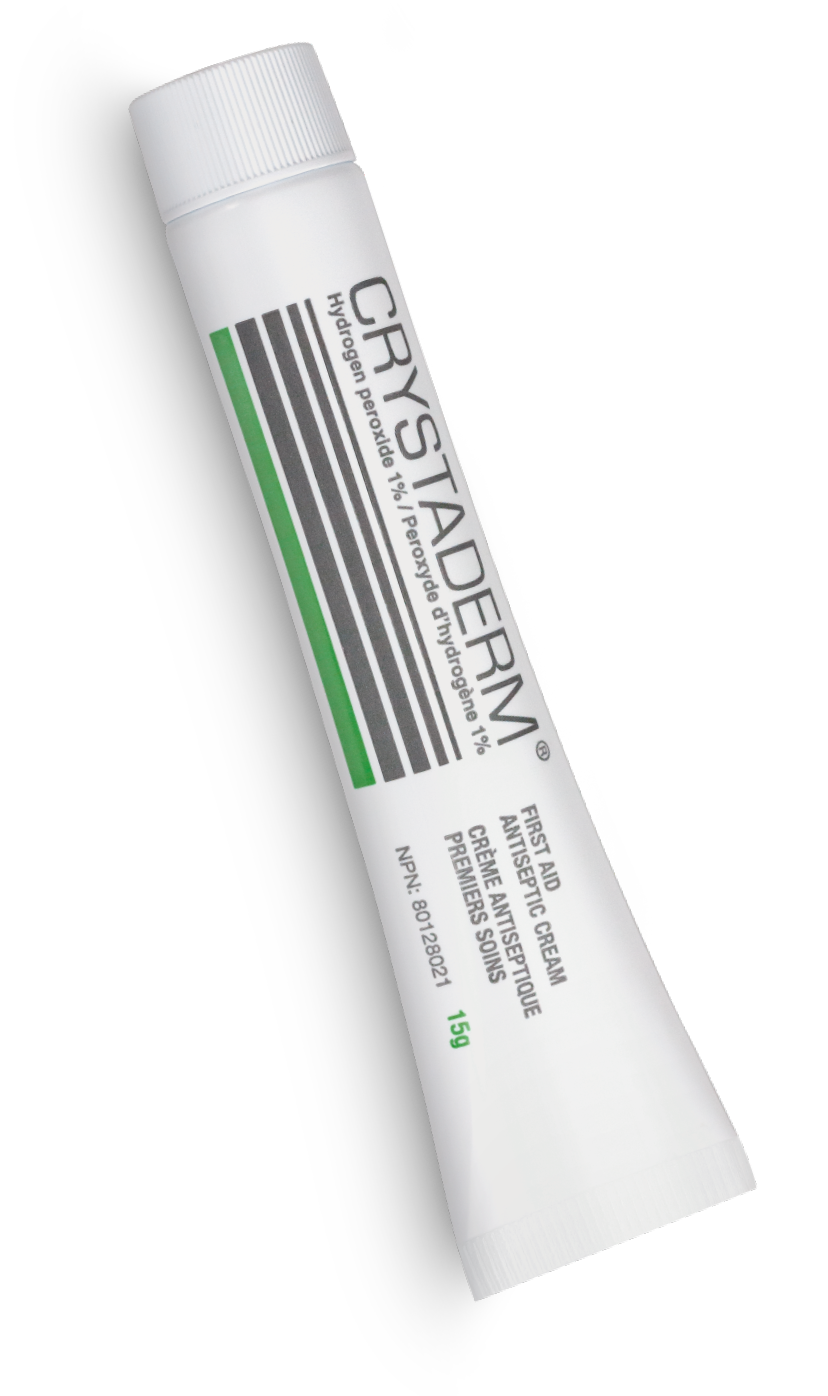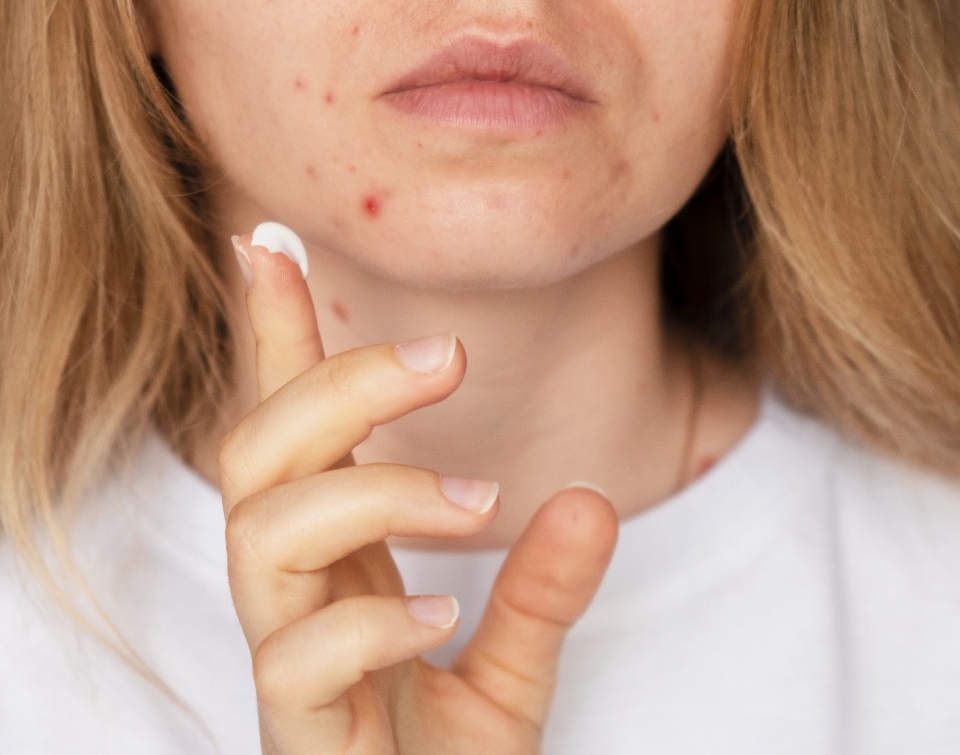Acne
Acne is a common skin condition among teenagers, but it can also affect adults. Acne is also known as "pimples". A pimple occurs when the skin's pores become blocked by an oil produced by the body called sebum, which mixes with dead skin cells.
It's important to treat acne to improve quality of life, prevent mental health problems and prevent scarring.



Gentle on skin
Antibiotic-free
Benzene-free
Why Crystaderm®?
Crystaderm® successfully kills acne-causing bacteria, without the redness and over-drying that acne products containing benzoyl peroxide can cause. We’ve found breakout areas treated with Crystaderm® to be significantly less red than those treated with benzoyl peroxide. When you’ve got pimples, the last thing you want is dry, red skin!
Buy CrystadermAcne treatment
The main aim of acne treatment is to reduce future breakouts and improve the appearance of the skin.
Gently cleanse the face twice a day with lukewarm water or a mild cleanser, without rubbing too hard, to avoid aggravating skin inflammation. Cleansing the skin helps remove dead skin cells and excess sebum.
Clean your face, then apply a thin layer of Crystaderm® to areas prone to acne twice daily or as directed by your healthcare professional.


Useful Tips
- Avoid touching your face – this will stop bacteria on your hands ending up on your skin.
- Regularly clean items, such as sun glasses, that are put on your face.
- Keep your hair clean and product-free to avoid oils and products transferring onto your face.
- Clean your pillowcase and sheets regularly to prevent them from transferring the oil they absorb to your skin. Use unscented laundry soap, as fragrances can irritate certain skin types.
- If you use make-up, choose non-comedogenic products that won't clog pores. Clean make-up brushes daily with an antimicrobial such as isopropyl alcohol, as they may contain bacteria.
- Apply sunscreen before exposure to the sun, choosing only a non-comedogenic product.
Popping pimples
Although it’s tempting, popping pimples can push infected material further into the skin, making the pimple much worse and even causing permanent scarring.
If you can’t resist popping, make sure your hands are sanitized and wrap tissue around your fingers to avoid touching the skin or damaging it with your fingernails.
We don’t recommend popping pimples, but if you do and the area becomes damaged, a thin layer of Crystaderm® will help with healing.


